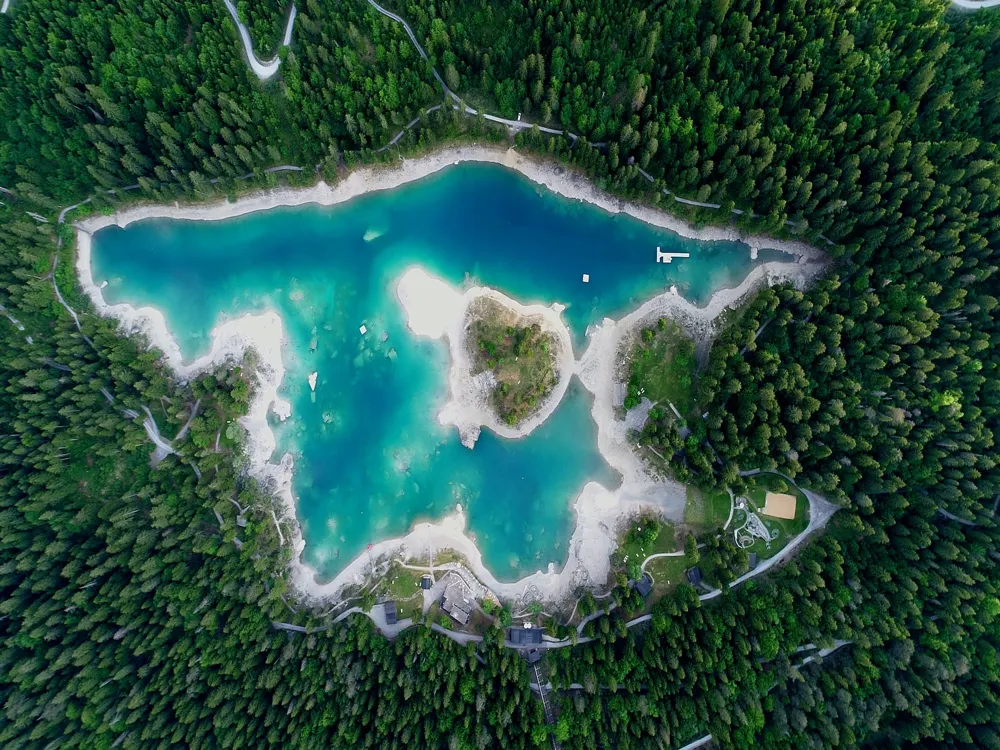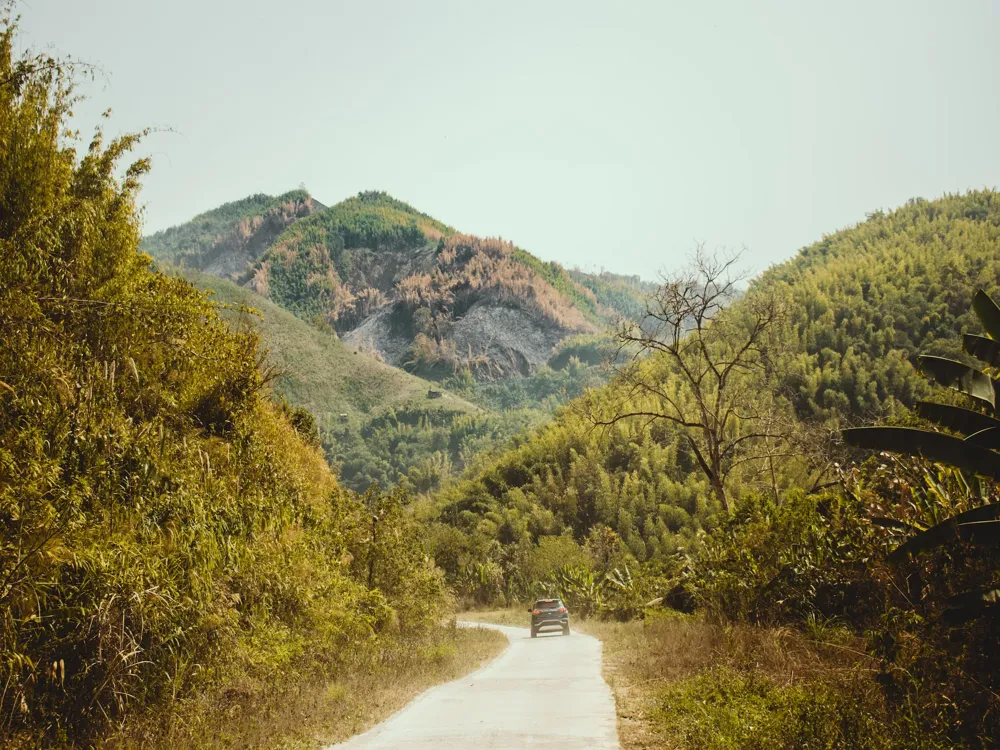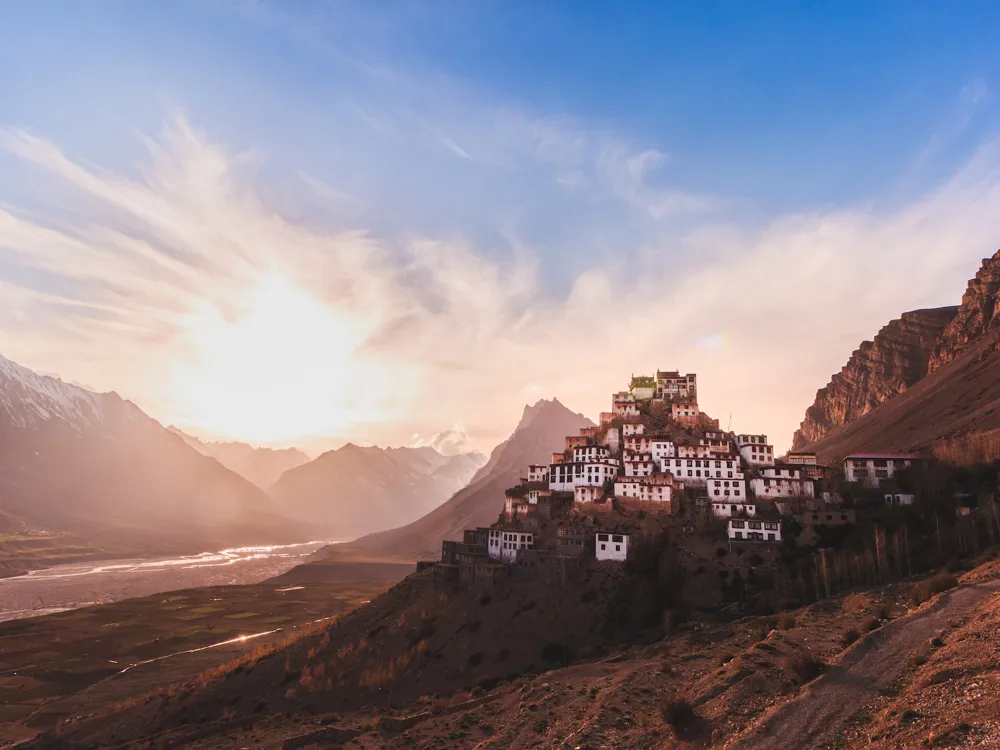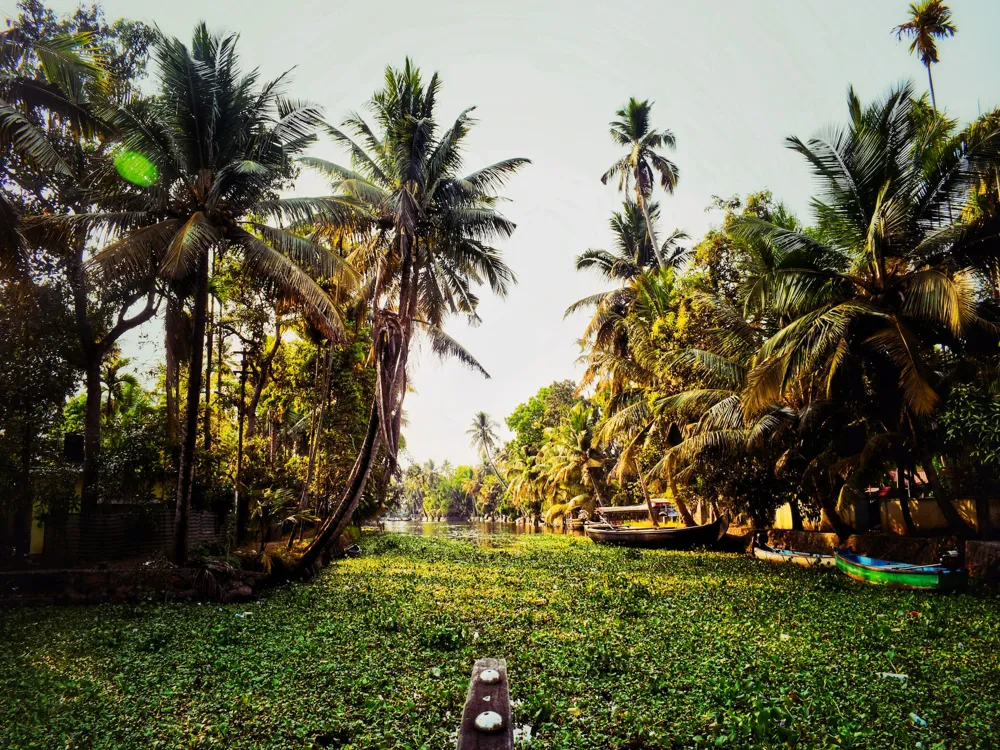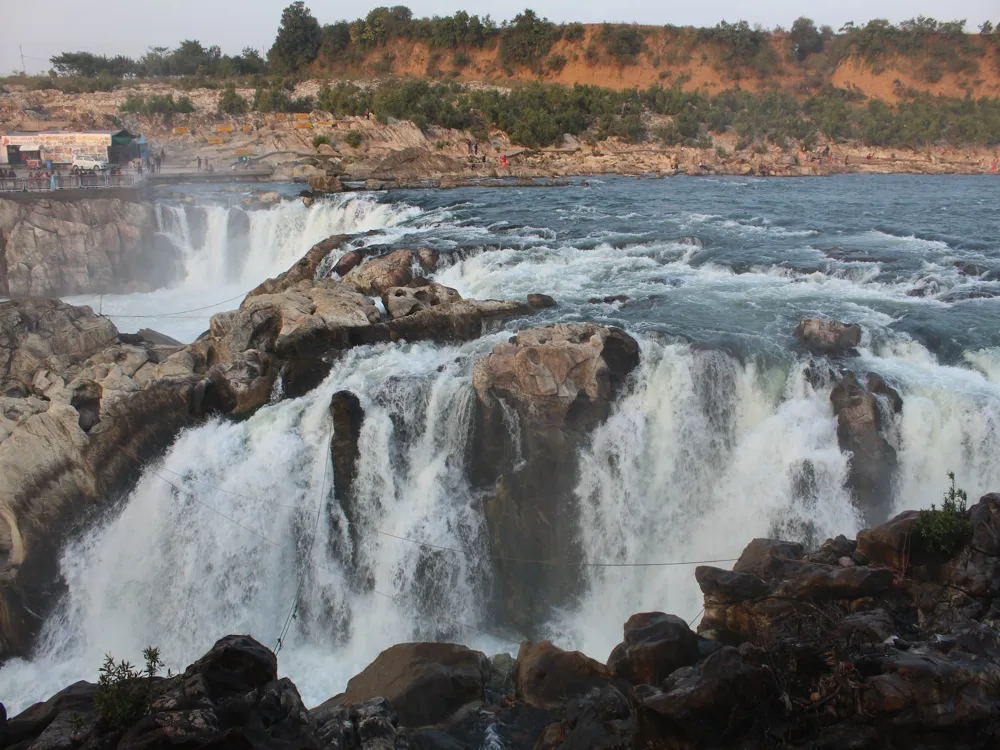Best Time to Visit Saiha
Mizoram India
6 out of 7 Places to visit in MizoramNaN onwards View Packages
Get Customized PackagesThe Land of Diversity
Top Hotel Collections

Private Pool

Luxury Hotels

5-Star Hotels

Pet Friendly
What is the Best Time to Visit Saiha?
Saiha, situated in the southern region of Mizoram, India, is a captivating destination offering a blend of natural beauty, cultural richness, and historical significance. Determining the best time to visit Saiha greatly depends on individual preferences, as each season unveils unique experiences. Let's explore the various seasons in Saiha to help you plan an enriching and memorable trip.
Travel Peak Season in Saiha
The peak season in Saiha generally spans from October to March, coinciding with the winter months. During this time, the weather remains pleasant with temperatures ranging from 10°C to 25°C, creating an ideal environment for exploration. The scenic landscapes, serene lakes, and vibrant cultural festivals, such as Chapchar Kut, attract a considerable influx of tourists. Accommodation and travel expenses might be slightly higher due to the high demand.
Travel Offseason in Saiha
The offseason in Saiha falls during the monsoon season from April to September. While rainfall is abundant, transforming the region into a lush green paradise, travel during this period is characterized by occasional showers and humid conditions. Tourist footfall decreases, presenting an opportunity for budget-conscious travelers to explore Saiha at reduced rates. However, outdoor activities might be limited due to the unpredictable weather.
Saiha Travel Packages
View All Packages For Saiha
Saiha in Shoulder Season
The shoulder season, occurring during April and September, marks the transition between peak and offseason. The weather is moderate, offering pleasant temperatures and occasional showers. This period allows visitors to enjoy the verdant landscapes while avoiding large crowds, making it an ideal time for peaceful exploration and cultural immersion.
Saiha in Hot Season
The hot season spans from April to June, characterized by warmer temperatures ranging from 25°C to 35°C. While the weather might be relatively hot and humid, this time offers a unique chance to witness local life and festivities. It's advisable to stay hydrated and plan activities during the cooler parts of the day.
Saiha in Rainy Season
The rainy season, from July to September, brings refreshing showers that rejuvenate the region's natural beauty. The lush greenery and blooming flora create picturesque landscapes, perfect for nature enthusiasts. However, outdoor activities may be limited due to heavy rainfall, so it's recommended to check weather forecasts before planning excursions.
Saiha in Cool Season
The cool season, from October to March, is considered the best time to visit Saiha. The weather is pleasant, making it ideal for sightseeing, outdoor adventures, and indulging in local cultural experiences. The cool breeze and comfortable temperatures enhance the overall travel experience.
In conclusion, the best time to visit Saiha depends on individual preferences and interests. Whether you prefer vibrant festivals, serene landscapes, or budget-friendly travel, Saiha offers something for everyone throughout the year.
Places To Visit In Saiha
View All Places To Visit In SaihaNearby Places Saiha
Saiha Photos
Browse Package Collections
Browse Hotel Collections
Faq
What is the ideal time to explore the pristine beauty of Saiha's lakes?
The best time to visit Saiha for its enchanting lakes, including Palak Dil and Chhimtuipui, is during the post-monsoon months of October to February. The water levels are high, offering stunning reflections and serene surroundings.
Are there specific months when Saiha experiences cultural festivals or events worth attending?
Saiha hosts the Chapchar Kut festival in March, a vibrant celebration featuring traditional dances, music, and cultural performances by the Mizo community. It's a great time to immerse in local culture.
What is the weather like in Saiha during the monsoon season?
Saiha receives substantial rainfall during the monsoon months of June to September. While the landscape becomes lush and green, heavy rainfall might hinder outdoor activities and sightseeing.
Is there a recommended time for birdwatching or exploring Saiha's diverse birdlife?
Birdwatching enthusiasts should plan a visit from November to February when migratory birds flock to the region, offering excellent opportunities for birdwatching around the lakes and forests.
Are there any specific months to avoid due to extreme weather conditions or other factors?
December to February experiences cooler temperatures, and while it's suitable for birdwatching, outdoor activities might be limited due to the chilly weather.





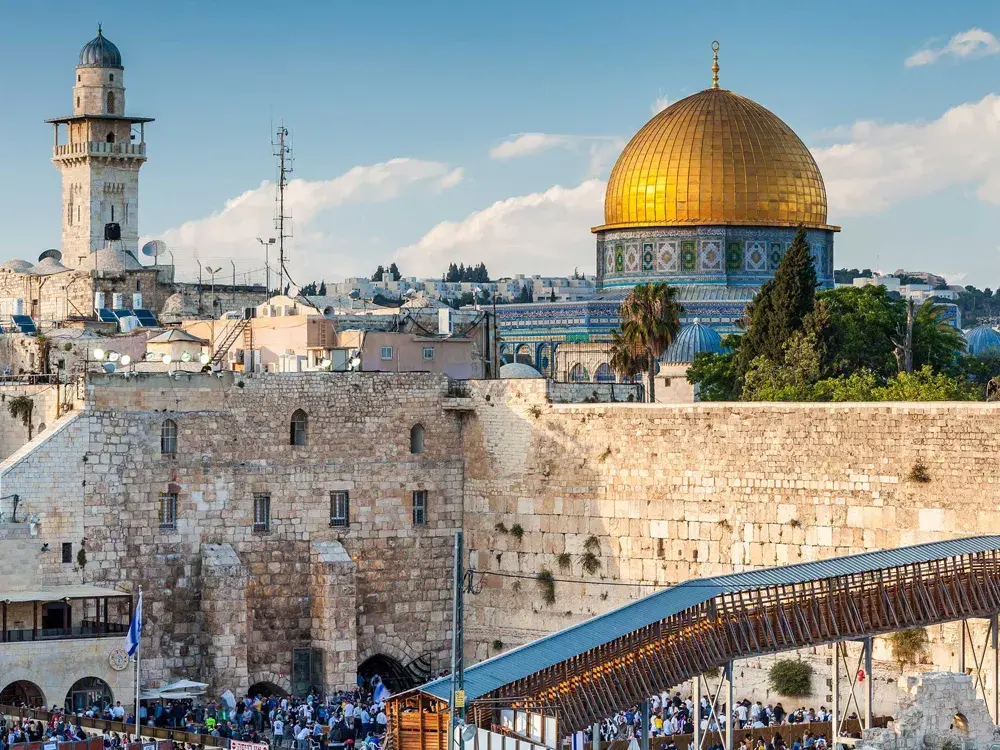

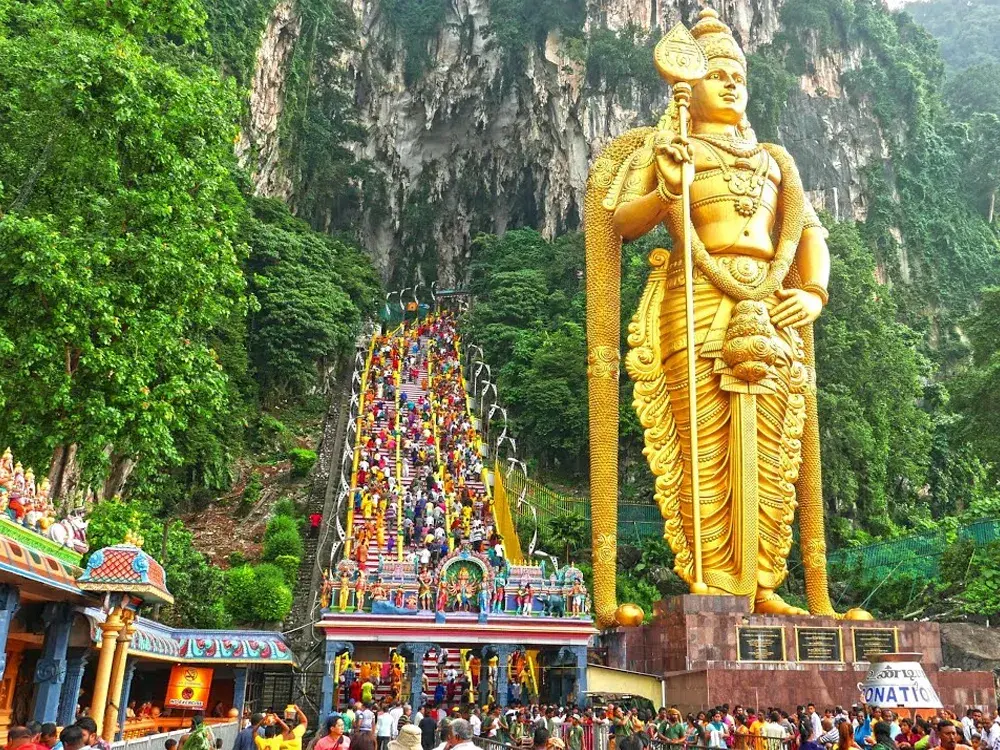
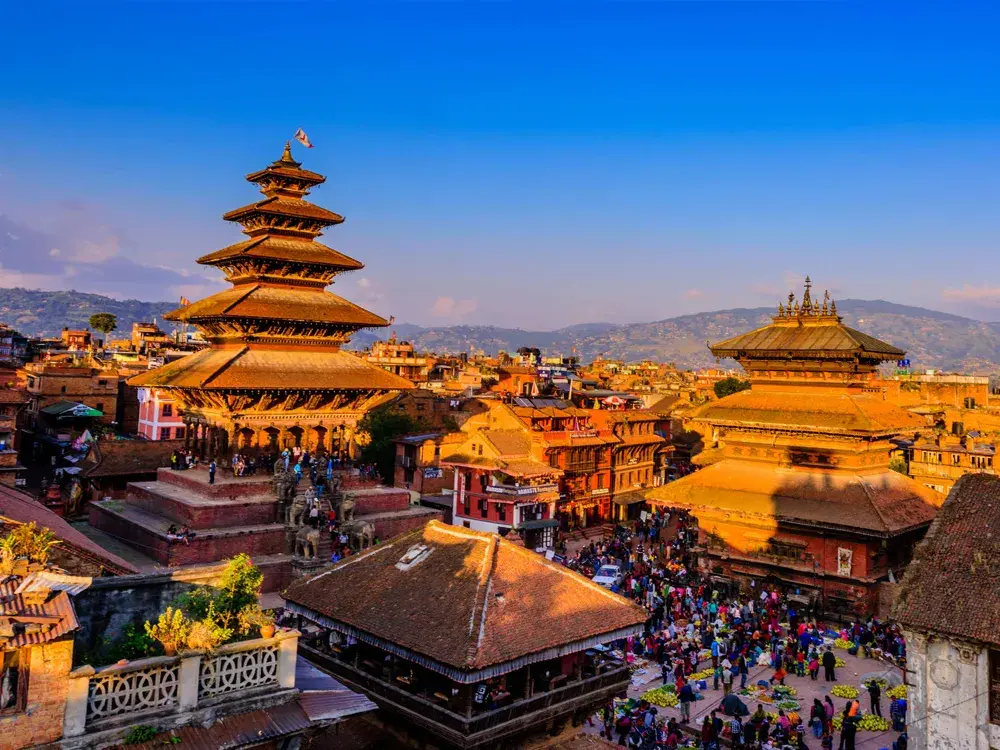
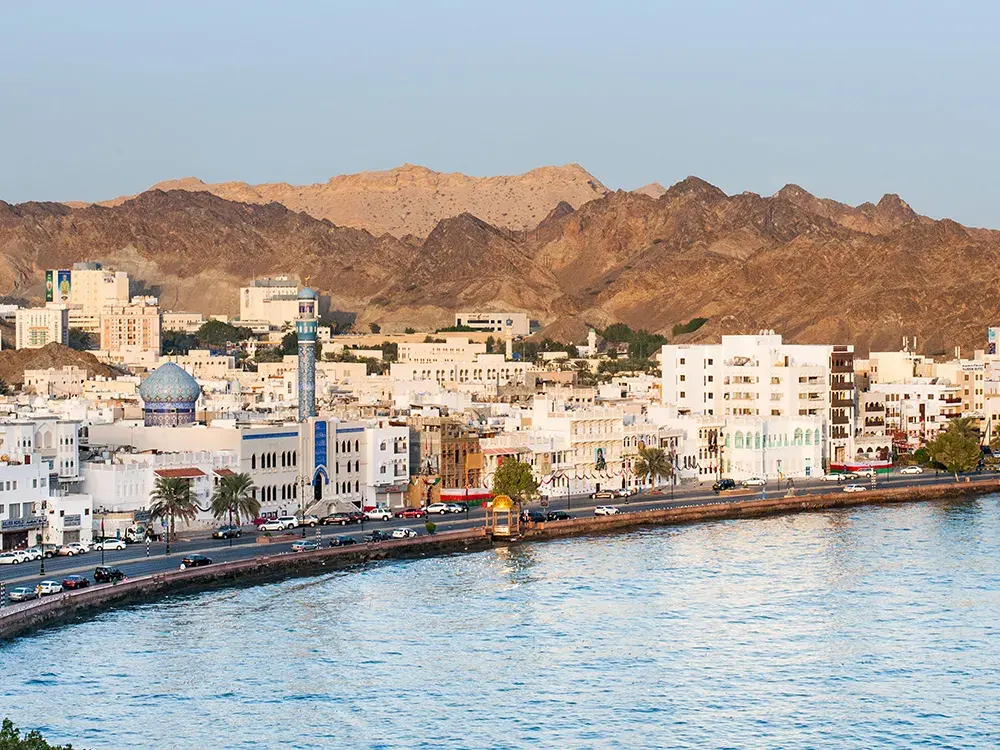
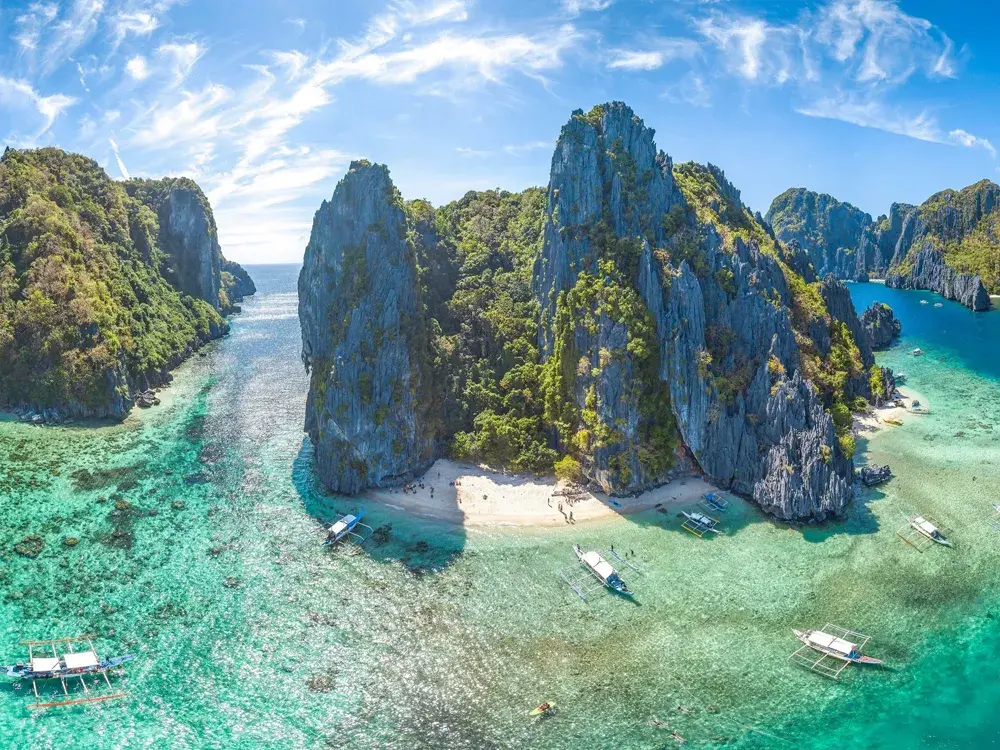

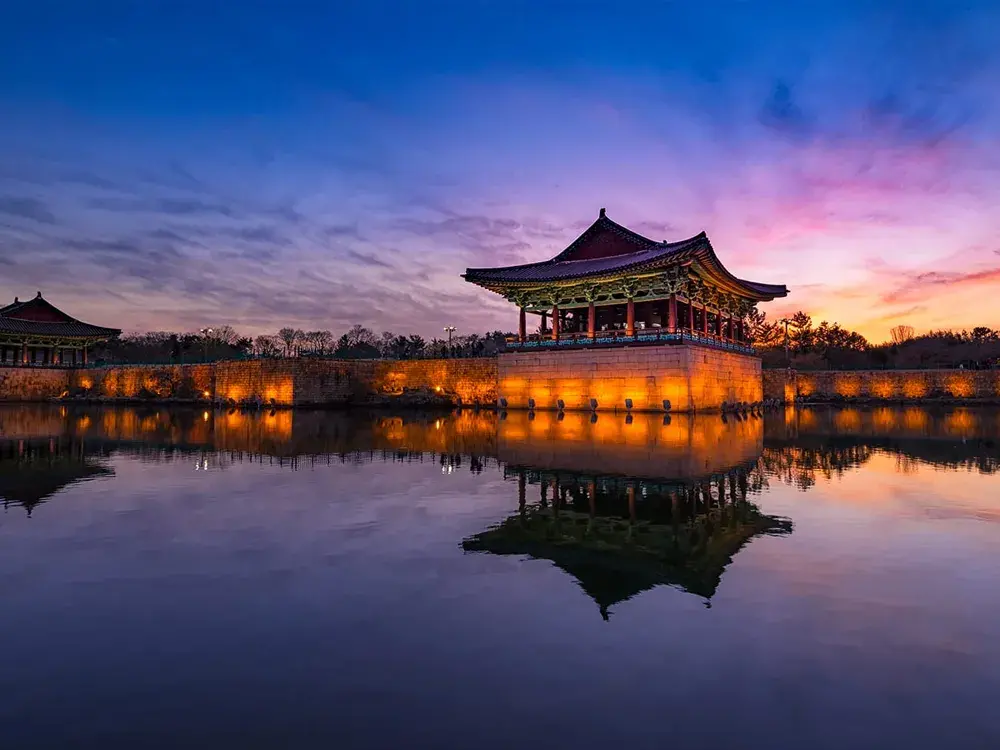


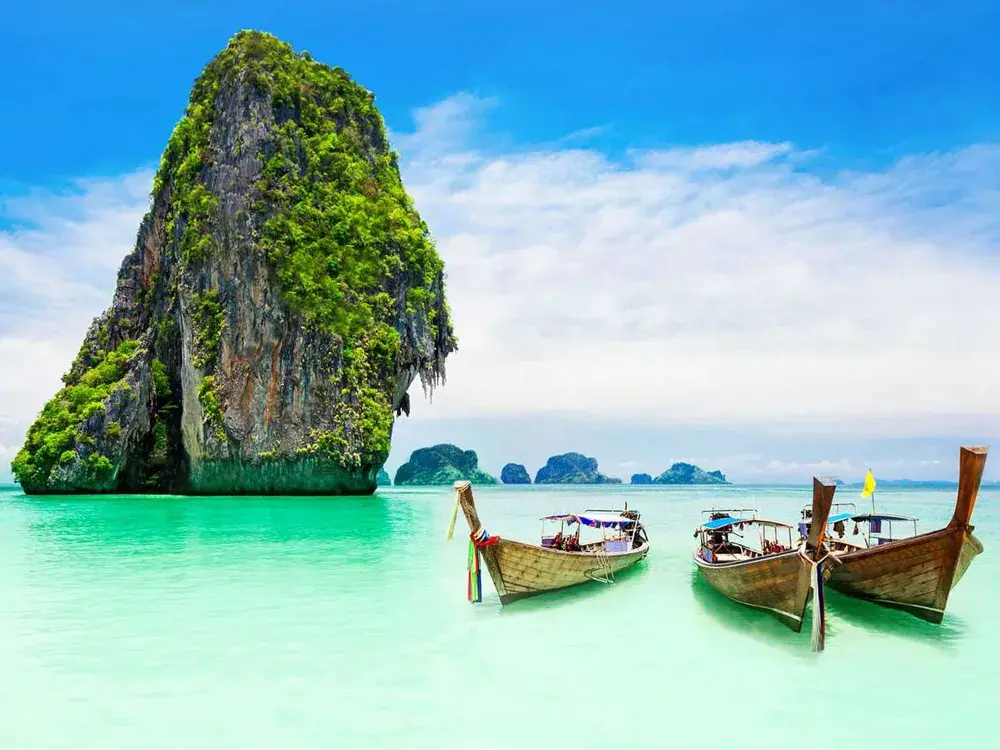
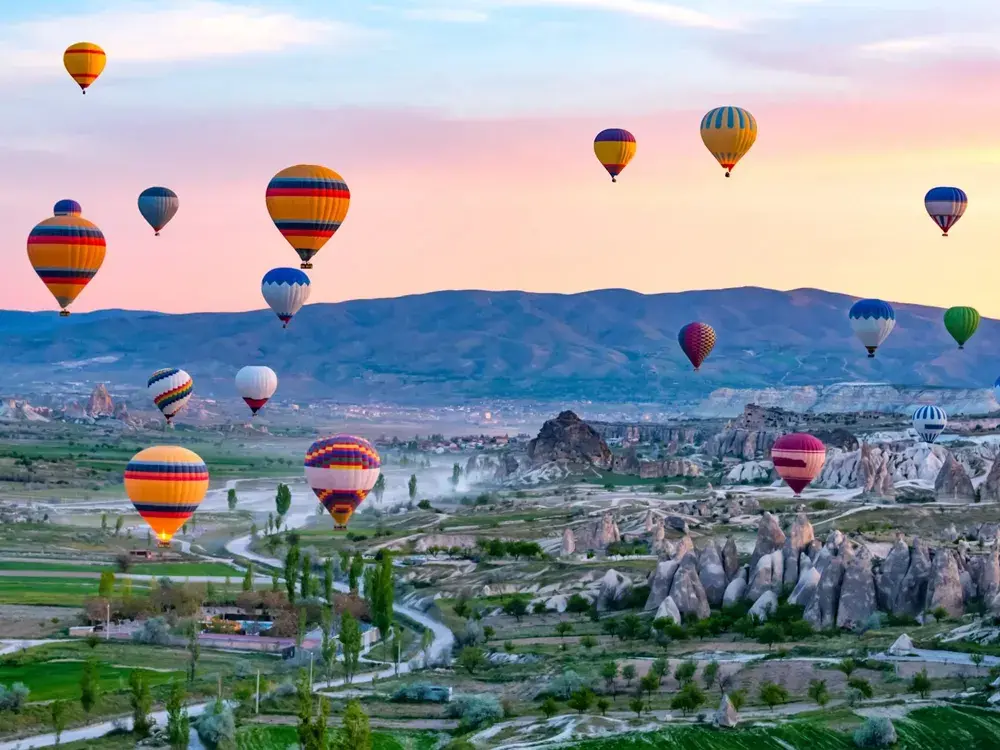
.webp)

